'Guys with alpaca hair' and 14 other Gen Z fashion trends people hope disappear ASAP
Why does every teenage boy has a mullet and a mustache?

Online culture has had an incredible effect on fashion trends. It used to take a trend about 20 years to complete a cycle: introduction, rise, peak, decline, and obsolescence. However, in 2025, this cycle has been sped up incredibly due to several factors. Trends can be quickly introduced and adopted due to social media, online shopping and quick turnaround through fast-fashion distribution. The speed of adaptation also means they can fizzle out just as fast.
This means a fashion trends we’d usually see stick around for years can come and go in months. It’s an expensive pill to swallow for anyone trying to keep up with the latest (Gen Z, we’re looking at you), but it’s a blessing for those of us who have a problem with some of today’s polarizing looks.
The bad news is you may not like broccoli cuts. The good news is that they will be gone and forgotten before you know it.
A great conversation recently broke out on Reddit, where commenters weighed in on all the fashion trends they couldn’t wait to go away.
It seems that some of the most controversial styles are the work of Gen Z. Whether it’s the nose ring that looks like it belongs on a bell cow or big pillowy eyelashes, Gen Z has championed some looks that will probably look a little silly in a few years.
Here are 15 fashion trends currently “in” that people are already over.
1. Suits with shorts
"Took my cousin to prom and saw at least 30 dudes wearing a suit with shorts."
This one is extremely hard for millennials and Gen Xers to wrap their heads around, but it is oh-too-real. It seems to be a natural evolution of the "suit with sneakers" look.
2. Anti-aging tweens
"Children (I’ve mostly seen around ages 9-13) going to Sephora for anti-aging serums and makeup. You all can hardly go to the park by yourselves, yet you’re plastered in expensive creams and makeup like you’re 20+."
"This one really bothers me. It’s pretty dark, honestly, and the parents who allow this are weird as hell."
The New Yorker says tweens are imitating influencers and popular "get ready with me" videos on social media.
3. Limp Biz-kids
"I'm a high school teacher and a surprising number of the boys dress like it's 2000 and they've got Limp Bizkit's 'Nookie' on repeat. There's one kid that looks like he's from 1977. Puka shells, feathered hair, big, open collars. I like that kid."

4. Botox
"Excessive Botox in young people. I’m so tired of everyone having a frozen face. It’s not pretty. It’s just weird."
"I swear there was a coordinated effort by some industry to convince girls in their 20s that they need to start Botox now because it’s preventative. That’s the reason given when I ask these early 20s girls why they use it. “It prevents future wrinkles” like there was a peer-reviewed study showing it does or something."
Patricia Wexler, MD, of Wexler Dermatology in Manhattan, told Vogue that getting preventative Botox injections at a young age can lead to more wrinkles. “If you do too much Botox on your forehead for many, many years, the muscles will get weaker and flatter,” Wexler says. This means that surrounding muscles do more work when you make facial expressions. “If one stops using their forehead muscles, they may start squinting using their nose and have wrinkles along the side of their nose," she continued.
5. Teen boys with alpaca hair

"I used to work reception at a salon and it was always fricken hilarious when these kids would come in to get a perm. They'd come sulking in behind their mommies, sit for 2 hours with curlers and stinky perm solution in their hair looking like cats being forced to take a bath, then prance out thinking they were the shit with their new poodle cuts lol."
"Some of them are definitely embracing their natural curls, which is awesome! But a good chunk of them, especially the preppy ones with rich parents, are getting straight up 80s style perms. It's great."
We can blame Patrick Mahomes for popularizing this one, but he shares the responsibility with other famous men like Jake Paul (unfortunately).
6. Laminated brows
"Eyebrows that are brushed upwards. That's the only way I can think to describe it. I can't see anything else when looking at someone who has that style brows. I just don't know why people like it."
"Almost every eyebrow trend ends up looking kinda silly. Let's just all work with the eyebrows we have. Sure, clean it up a lil bit if you feel like it."
In the 2000s, we had spiky hair. Now, we have spiky eyebrows. But don't worry, it won't last.
7. Over-the-top fake eyelashes
"The ridiculous false eyelashes. I get it. I've got no problem with the ones that at least have a semblance of being natural. But the uber thick ones that look more like fur are just...pointless.Someone I deal with at work wears them. And it's so weird, because most of the time she dresses down in sweatshirts, jeans, sneakers, etc. And doesn't pay much attention to her hair. But she's got those stupid wooly caterpillar eyelashes in. They just call attention to how un put together the rest of her is. I know that everyone should just dress for themselves, but it's just weird."

8. Barrell jeans
"The barrel jeans have got to go. They’re the ugliest effing things I’ve ever seen. And people keep lying to these women about how they’re flattering and I’m like no! You look bowlegged!"
For years jeans got tighter and lower until they reached an inevitable breaking point. High-waisted jeans were a sign of the pendulum swinging back in the other direction, and now young peoples' jeans look like inflated balloons.
9. '80s moustaches
"Weird '80s moustaches, I've seen good looking guys made to look like Ned Flanders. Ages them instantly, which I guess is the plan, but ages them past 20s to married with kids approaching teenage years."

The number of young men with mullets and moustaches is absolutely staggering these days.
10. Crocs
"I thought they were hideous when they first came out almost twenty years ago, and they’ve never gone away."
"We always made fun of them and then suddenly everyone was wearing them. I don’t get it!"
How did Crocs go from the bargain bins to becoming one of the top footwear brands in the U.S.? The big reason is that comfort became more important during the pandemic than aesthetics. They were also quite a statement for people who wanted to rebel against traditional beauty standards. Add celebrity endorsements from Justin Bieber and Post Malone and Crocs came back in a big way.

11. Long nails
"Super long acrylic nails, they seem really impractical."
"Especially the pointed ones that all the Hollywood people wear like claws. You look trashy and high maintenance."
12. Grunt style
"Patriot clothing and beards. Grunt style, nine line... all these fools dressing like they're special forces, their entire identity tied to 1776. It's embarrassing."
If I never see a t-shirt of an American flag with an assault rifle superimposed on top, it will be too soon.
13. Hair parted in the middle
"Middle parts. You need an almost symmetrical face to be able to pull it off, which is pretty rare. Side parts all the way."
"Middle parts look so harsh and unflattering on everyone. Side parts are a million times better."
It was cool when Shawn Hunter and Jonathan Taylor Thomas did it. Let's leave this one in the '90s.
14. Nose rings
"That nose ring in the middle. Just doesn't look good to me. You do you. But just think it doesn't look good very often."
"They always make me think of cattle."

15. Political clothes
"Political attire as someone's entire main wardrobe, no matter the side of the spectrum. You got more personality than that!"
"I have a bro-in-law who wears American flag t-shirts almost exclusively. He must have hundreds of them. And not the tasteful kind with like a little flag on the sleeve or chest. I’m talking about the most garish kind. The kind with a gigantic waving US flag along with a menacing bald eagle flying dramatically over snow-capped peaks. We like America too, Dan, but can you try to wear at least a polo to Grandma's funeral?"
This article originally appeared last year. It has been updated.


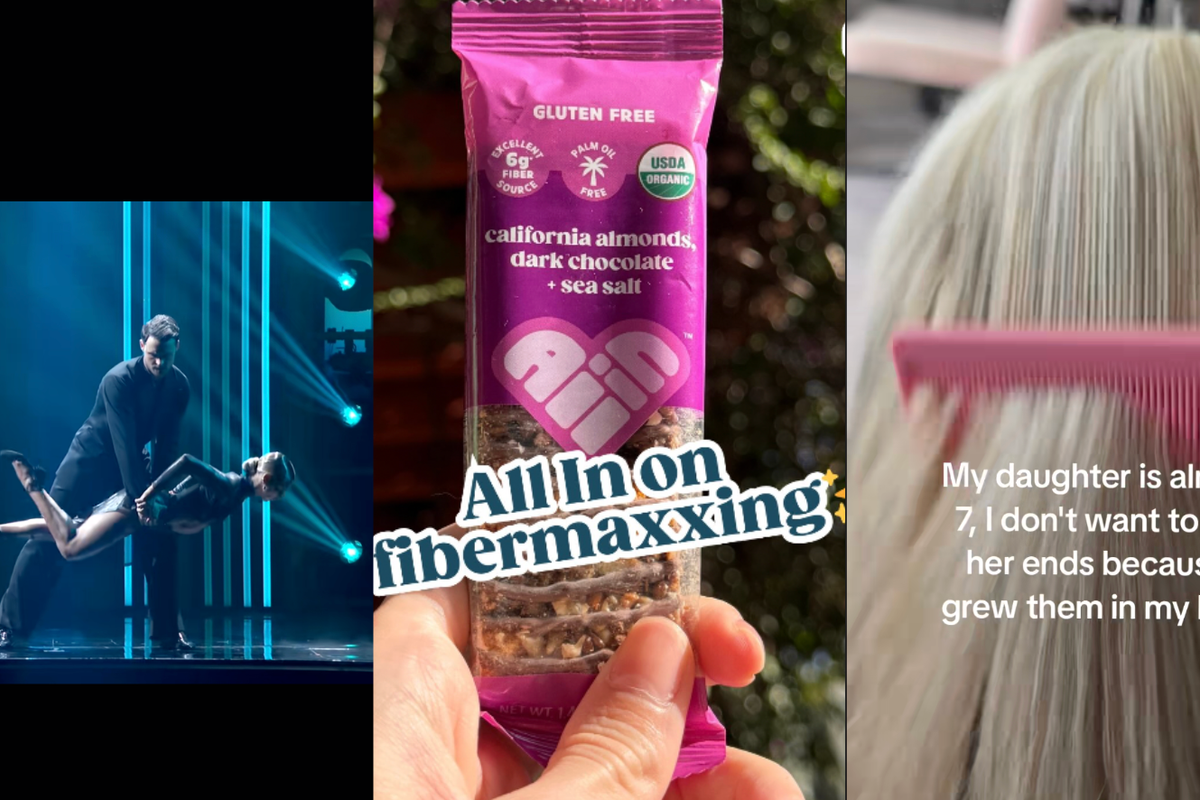

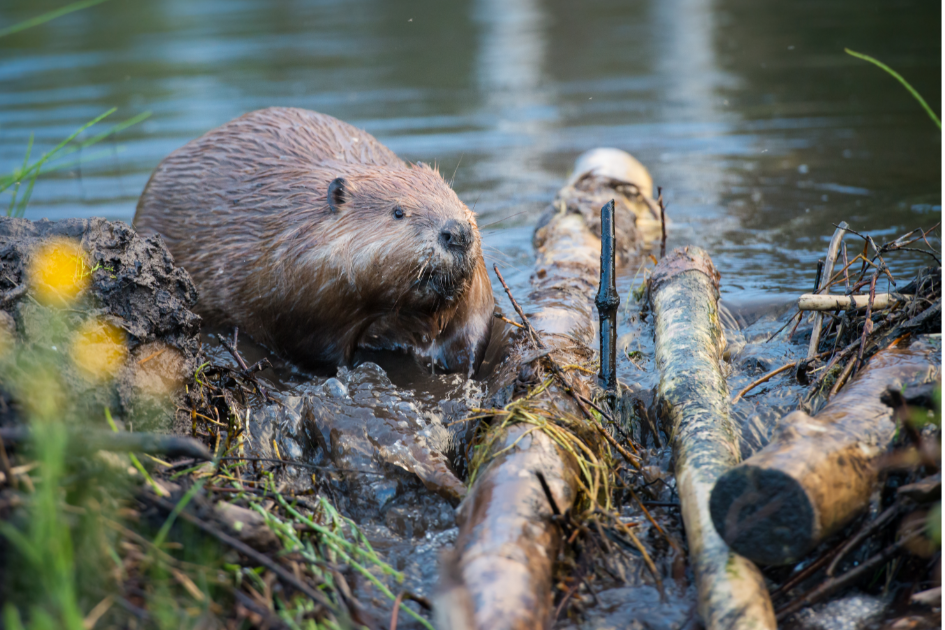 Beaver on riverbank.
Beaver on riverbank.  Pbs Nature Swimming GIF by Nature on PBS
Pbs Nature Swimming GIF by Nature on PBS  An actual beaver dam on the now-thriving Price River
An actual beaver dam on the now-thriving Price River 
 Who doesn't love Pluto?
Who doesn't love Pluto?  Pluto agrees.
Pluto agrees. 
 Woman in denim jacket covers face with sleeve, standing outdoors with blurred background.
Woman in denim jacket covers face with sleeve, standing outdoors with blurred background. Woman with outstretched arms in a sunlit field, enjoying the outdoors.
Woman with outstretched arms in a sunlit field, enjoying the outdoors. Lush forest with vibrant green and orange foliage in soft, misty sunlight.
Lush forest with vibrant green and orange foliage in soft, misty sunlight. Friends laughing and drinking coffee at a cozy cafe table.
Friends laughing and drinking coffee at a cozy cafe table. Woman with curly hair in sunlight, eyes closed, wearing a purple top.
Woman with curly hair in sunlight, eyes closed, wearing a purple top.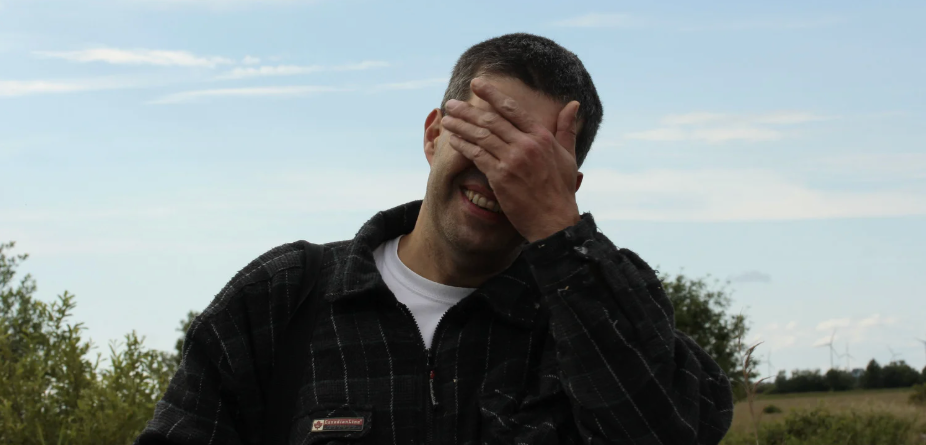 Man smiling with hand over face, standing outdoors against a blue sky background.
Man smiling with hand over face, standing outdoors against a blue sky background. Hand painting a still life on canvas with blue and orange tones.
Hand painting a still life on canvas with blue and orange tones.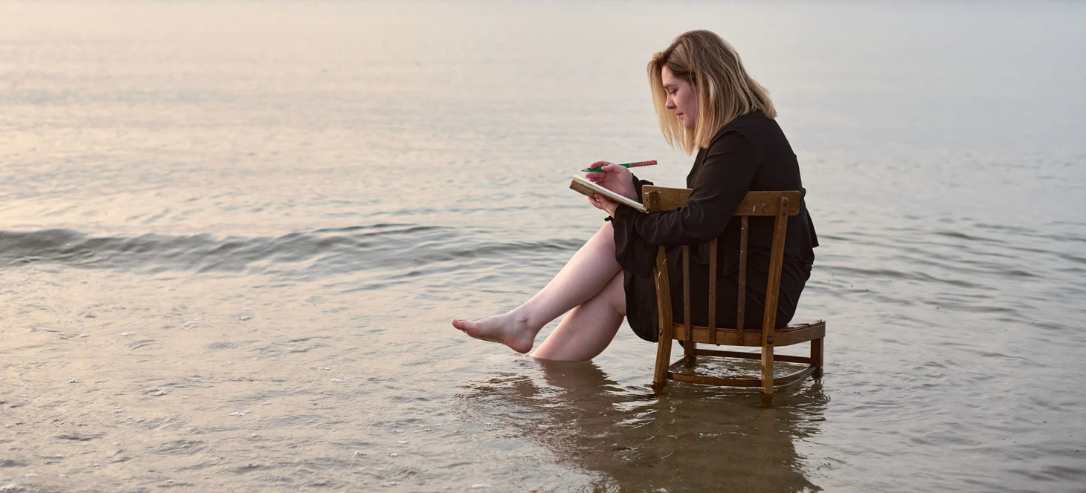 Woman sitting on a chair in the water, writing in a notebook at sunset.
Woman sitting on a chair in the water, writing in a notebook at sunset.
 "Bought an espresso machine, took some time to learn how to dial it in and pull a proper shot."
"Bought an espresso machine, took some time to learn how to dial it in and pull a proper shot." "Frozen meals are just as unhealthy, but much cheaper."
"Frozen meals are just as unhealthy, but much cheaper." "I’ve embraced the gray!"
"I’ve embraced the gray!"  "Bidet toilet seat is cheap, easy to install, much easier and faster to use."
"Bidet toilet seat is cheap, easy to install, much easier and faster to use."
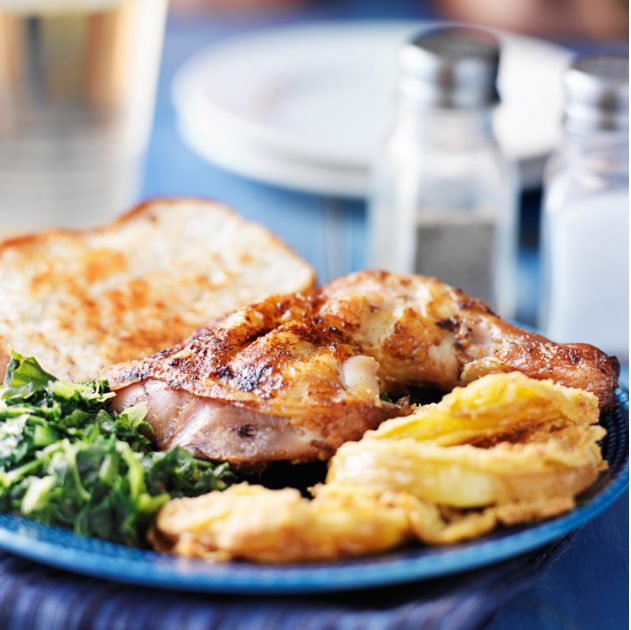 American portion sizes are colossal.Canva Photos
American portion sizes are colossal.Canva Photos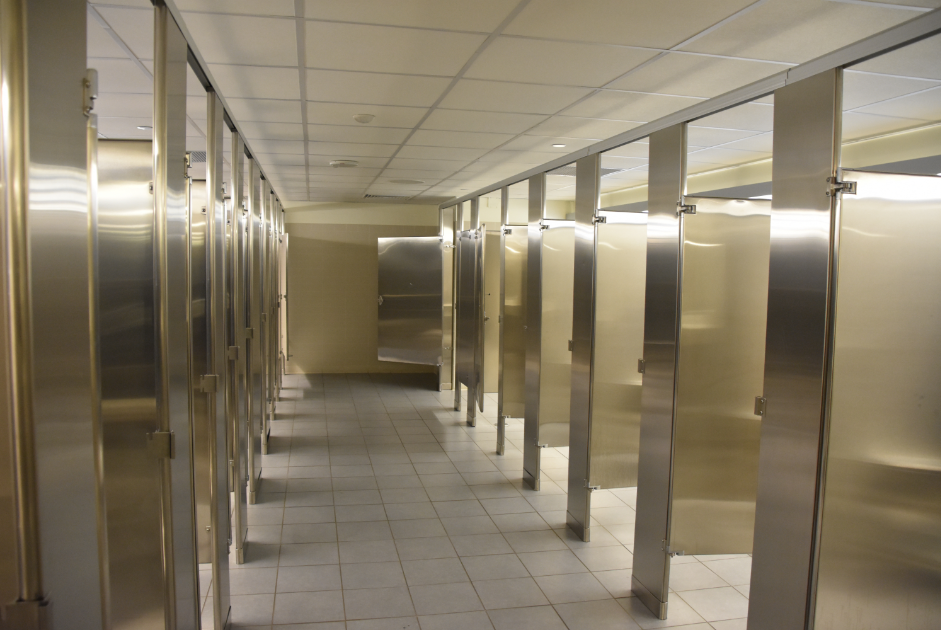 American public restrooms aren't very private.Canva Photos
American public restrooms aren't very private.Canva Photos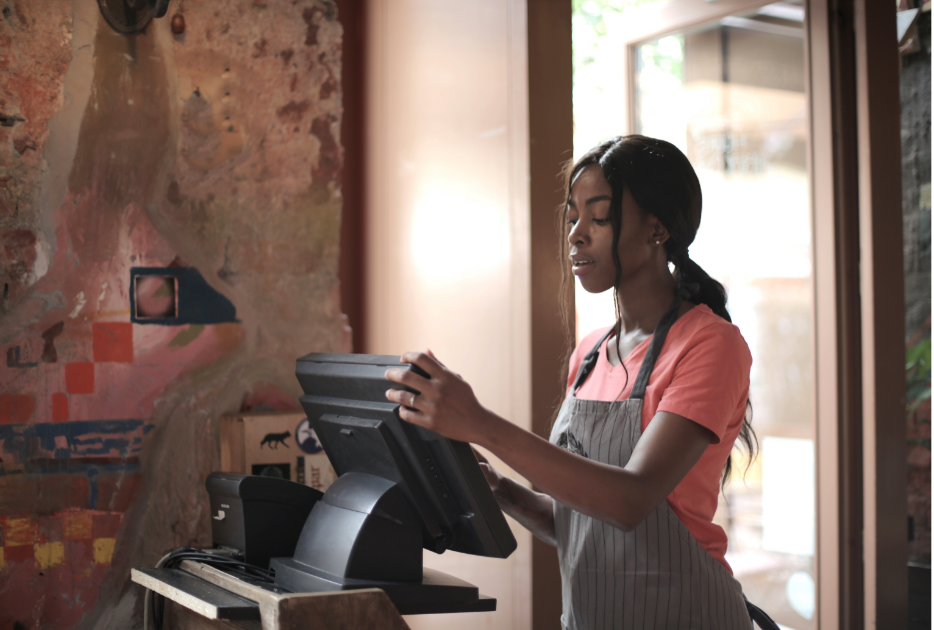 Cashiers in America stand all shift long.Canva Photos
Cashiers in America stand all shift long.Canva Photos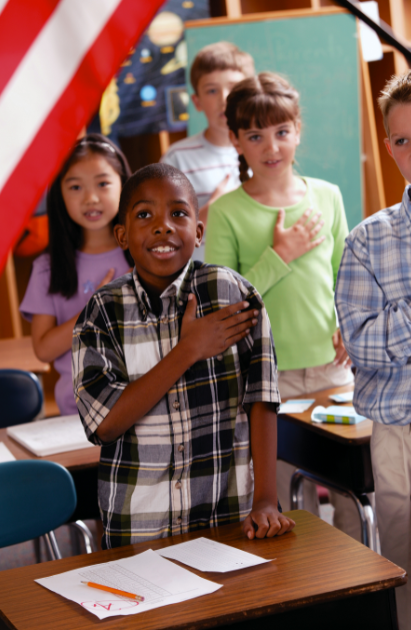 America loves the Pledge of Allegiance.Canva Photos.
America loves the Pledge of Allegiance.Canva Photos.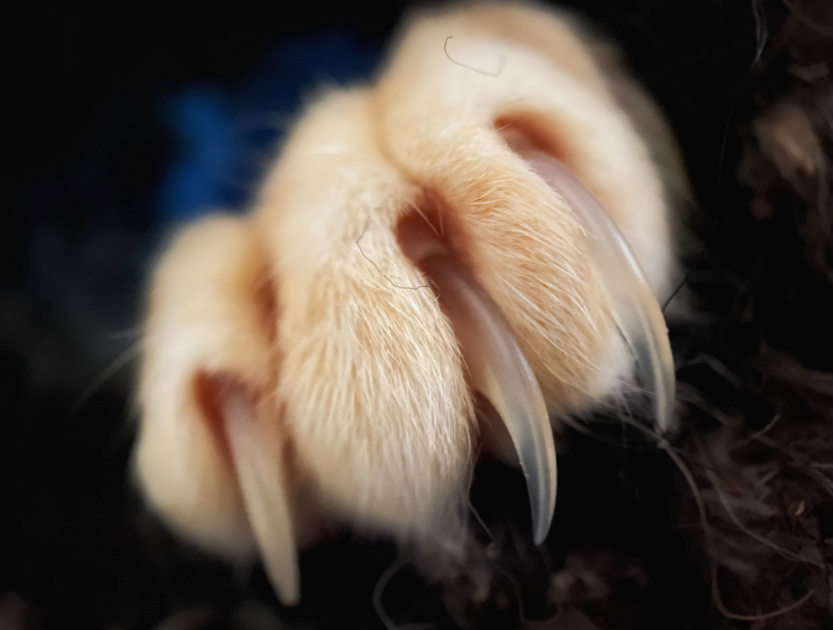 Cosmetic surgeries on pets are...a choice.Canva Photos.
Cosmetic surgeries on pets are...a choice.Canva Photos. America loves extra sugar in savory foods.Canva Photos.
America loves extra sugar in savory foods.Canva Photos.